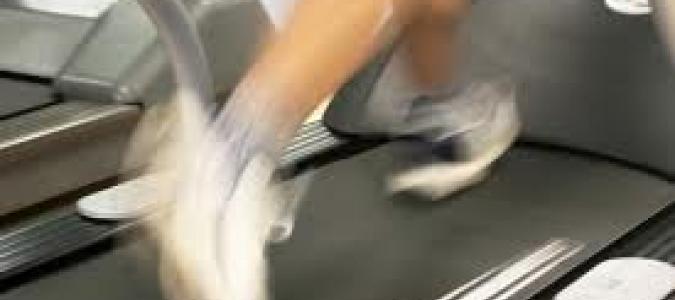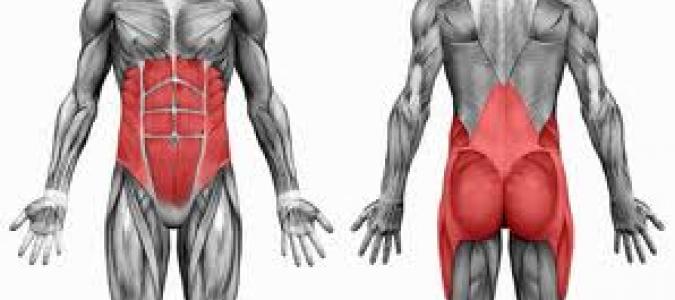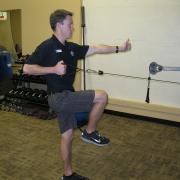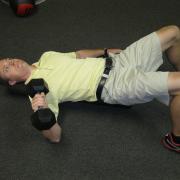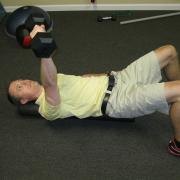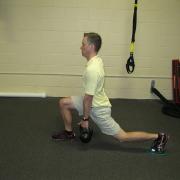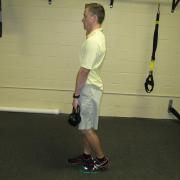
Keep It Cool On The Course

Keep It Cool On The Course
Here in Florida, where heat indexes can exceed 100 plus degrees, the on-set of heat related illnesses should be a matter of concern from a health and performance standpoint particularly for children. With the advent of golf carts, most adults enjoy a reprieve from the effects of the heat; however most tournaments and golf courses for that matter require the child to walk with their bag. During my days of junior golf, I remember playing the Big I Junior Championship in Nashville, Tennessee. Temperatures reached upwards of 105 degrees Fahrenheit and before the tournament was over three children were hospitalized with heat exhaustion. Knowing the signs and symptoms and taking the proper precautions can not only save your child’s life, but improve performance as well.
Parents should be aware that children are more prone to dehydration and heat illness than adults. This is for a number of reasons. Children have more body surface area per pound of weight causing a greater heat gain from the environment on a hot day. Children produce more metabolic heat per mass unit than adults during activities like walking a golf course and children don’t sweat as much as adults hindering the body’s ability to cool itself.
The nervous system is responsible for maintaining a healthy body temperature, but when the temperature rises too much and the body cannot transfer enough heat to the skin to keep us cool, a heat illness can occur. Bottom line, the higher the temperatures the greater the toll on the child.
It is important to understand that dehydration can set in before the child becomes thirsty. If this occurs they can expect to feel fatigue, irritable, overly hot and dryness of the mouth. After dehydration has set in the early stages of heat illness may soon follow. Painful cramping, weakness, nausea, dizziness, loss of appetite, vomiting, chills, vision problems, excessive thirst are all signs of heat syncope and exhaustion.
Preventative measures:
-
- Enforce periodic drinking – 5 oz every 20 minutes for a child under 90 pounds
- Enforce periodic drinking – 9 oz every 20 minutes for an adolescent over 130 pounds.
- Add sodium chloride (salt) to the child’s flavored sport drink – a half teaspoon (1g) per 32oz sport drink. This will enhance voluntary drinking.
- Avoid drinks with caffeine
- Have your child use an umbrella to shade him/her from the sun
- Drink plenty of fluid the night before and the morning of a tournament.
From a performance standpoint, it has been shown that just a 2% loss of body weight due to sweating is enough to have a considerable impact on performance. Additionally, when your body begins to thermoregulate itself, blood is taken from the working muscle to the skin to help initiate the cooling process. As a result, the individual’s heart rate will increase making the chances of draining that four foot putt to force a playoff even that much harder.
Unfortunately, there are times when the initial stages of heat illness go unseen and the full blown effects of dangerous illness like heat exhaustion and heat stroke become painfully obvious. There are some steps you can take to help curb the symptoms of these illnesses.
-
- Call for help
-
- Take the child to a cool shady area, like under a tree
-
- Encourage the child to drink plenty of liquids (water, Gatorade, etc.)
-
- Remove any heat retaining clothing
-
- Cool them with cold towels on the forehead or back of the neck
- Cool them by fanning them
While golf cannot be compared the physical demands of sports like football, it is an outside sport non-the-less making its competitors subject to the dangerous exposures of the sun. Taking the proper precautions may help keep your child safe and may even give them an advantage over the rest of the field.




